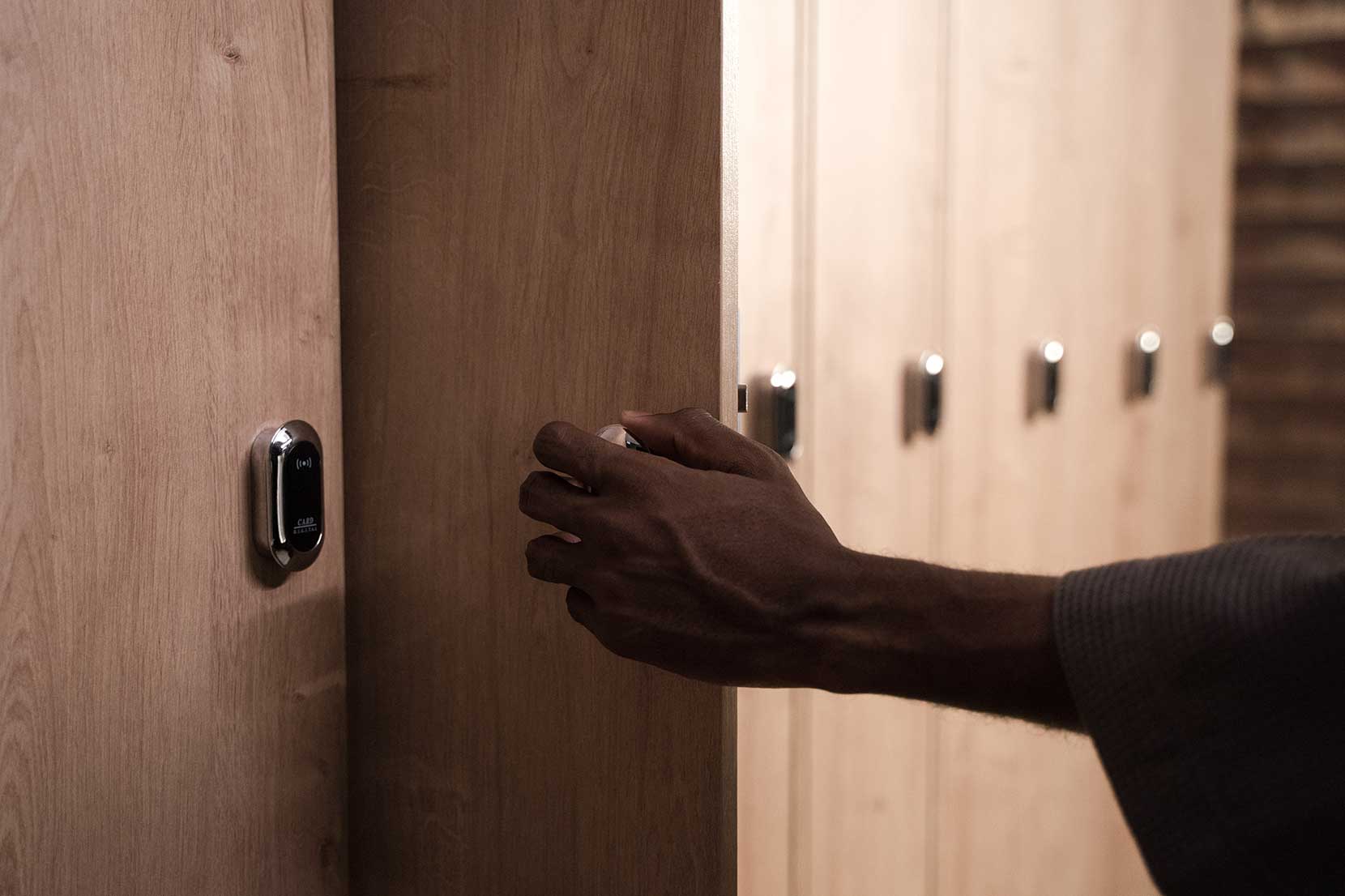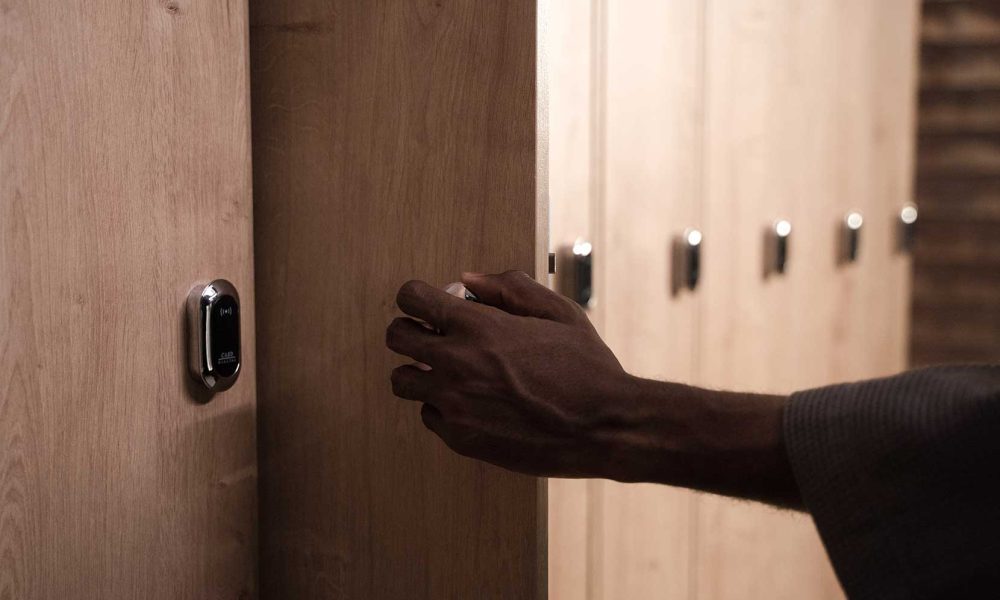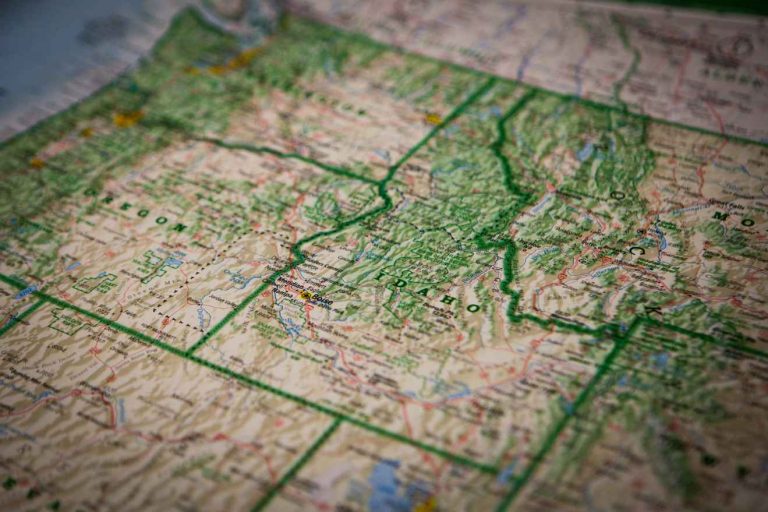In an increasingly uncertain world, the need for home security has never been greater. One essential element of safeguarding your valuables and important documents is a home safe. Nevertheless, selecting the right safe for your home can be a daunting task with the wide array of options available in the market.

To make a knowledgeable decision, it’s paramount to comprehend your specific needs, the types of safes available, their features, and how to evaluate their quality and security. We will walk you through the key considerations to help you choose the right safe for your home.
Understanding Your Needs
Before you start shopping for a safe, it’s paramount to assess your needs. Consider what you intend to store in the safe and how much space you require. Are you primarily safeguarding important documents, jewelry, firearms, or a combination of these items?
Comprehending what you need to protect will help you resolve the size and type of safe that suits your requirements.
Also Read: Enhancing Noise Reduction: Selecting Windows for a Quieter Home
Types of Safes
Safes arrive in diverse types, each designed for specific purposes. Here are some typical types you might encounter:
- Fireproof Safes: Fireproof safes are designed to protect your valuable items from fire damage. They are equipped with special insulation materials that can defy high temperatures for a specified period, typically ranging from 30 minutes to several hours. These safes are ideal for storing important documents like passports, birth certificates, and insurance policies.
- Burglar Safes: Burglar safes are constructed with security as their primary focus. They are constructed with thick, sturdy materials and advanced locking mechanisms to deter unauthorized access. These safes are appropriate for accumulating high-value items like jewelry, cash, and firearms.
- Gun Safes: If you own firearms, a gun safe is paramount for responsible storage. These safes are designed to securely store guns and ammunition, protecting them from theft and unauthorized use. Gun safes frequently arrive with additional features like biometric locks and adjustable interiors to accommodate diverse firearm types.
- Wall Safes: Wall safes are concealed within your home’s walls, proposing a discreet storage solution. They are ideal for items you want to keep out of sight, such as jewelry, cash, or small valuables.
- Floor Safes: Identical to wall safes, floor safes are hidden under the floor and can be covered with a rug or furniture. They provide a secure and inconspicuous storage option.
- Biometric Safes: Biometric safes utilize fingerprint recognition technology for quick and easy access. These safes are convenient for those who desire rapid entry to their belongings without the requirement for keys or combinations.
- Diversion Safes: Diversion safes are designed to blend in with their surroundings. They often resemble everyday objects like books, soda cans, or household items, making them an excellent choice for maintaining valuables hidden in plain sight.
Safe Sizing and Placement
After determining the type of safe you need, consider its size and where you will place it within your home. Measure the available space and ensure that the safe fits comfortably. Remember that larger safes may require professional installation, so plan accordingly. Additionally, think about accessibility.
It’s essential to place the safe in a location that’s both secure and convenient for you to access regularly. Common placement options include closets, bedrooms, and home offices.
Evaluating Security Features
Security is the preliminary reason for owning a safe, so it’s paramount to assess the features that enhance its protective capabilities.
-
Locking Mechanisms
The locking mechanism is a fundamental aspect of a safe’s security. Different safes come with various types of locks, each with advantages and drawbacks. Key locks are the simplest form, requiring a physical key for access. Combination locks use a numeric code, while digital keypad locks need a PIN code.
Biometric locks use fingerprint recognition for quick and secure access. The choice of lock should align with your preferences for convenience and security. Remember that while biometric locks offer speed and security, they can be more expensive and require maintenance to ensure reliability.
-
Steel Thickness and Construction
The thickness and construction of the safe’s walls and door are crucial factors in determining its resistance to break-ins. Look for safes with solid steel construction and thick doors, as these provide better protection against forced entry.
-
Fire Resistance
Regard the safe’s fire resistance rating if you’re concerned about shielding your documents and valuables from fire damage. Safes are typically rated when defying a standard fire temperature, such as 1,500°F. The higher the rating, the longer your items will be protected.
-
Bolt Mechanism
The bolt mechanism is what secures the safe’s door. Bolts are heavy-duty metal bars extending into the door frame, stemming it from being pried. Safes with more bolts and thicker bolts propose increased security.
-
Re-Locking Mechanism
Some safes have a re-locking mechanism that activates when an unauthorized attempt to open the safe is detected. This feature counts an extra layer of security, making it more challenging for burglars to gain access.
-
Alarm System Compatibility
Consider whether you want a safe connection to your home security system. This allows the safe to trigger an alarm if tampered with or moved, delivering additional protection.
-
Tamper-Resistant Features
Skim for safes with tamper-resistant features such as anti-drill plates, re-lockers, and hardened steel plates. These characteristics make it challenging for burglars to manipulate or break into the safe.
Also Read: Siding Color and Texture: How to Choose the Perfect Look for Your Home
Budget Considerations
The cost of a safe can vary significantly based on its type, size, security features, and brand. While it’s tempting to opt for the most expensive safe on the market, balancing your budget and security needs is paramount. Evaluate what you’re willing to invest in protecting your valuables and choose a safe that provides the level of security you demand without breaking the bank.
Choosing the right safe for your home is a crucial decision that hinges on understanding your specific needs, evaluating security features, considering quality and certification, and managing your budget. By assessing the type of items you want to protect and the level of security required, you can select the appropriate safe type and size.
Pay close attention to the locking mechanism, steel thickness, fire resistance, bolt mechanism, and other security features to ensure your valuables remain secure. Additionally, consider third-party certifications and quality standards to guarantee the safe’s reliability.
Lastly, balance your budget and security needs, remembering that the investment is in safeguarding your most cherished possessions. With these considerations in mind, you can confidently select the right safe for your home, providing peace of mind and protection for your valuables and important documents in an uncertain world.
Before you buy a safe for home, consult a security expert to ensure your choice aligns perfectly with your security needs.











+ There are no comments
Add yours